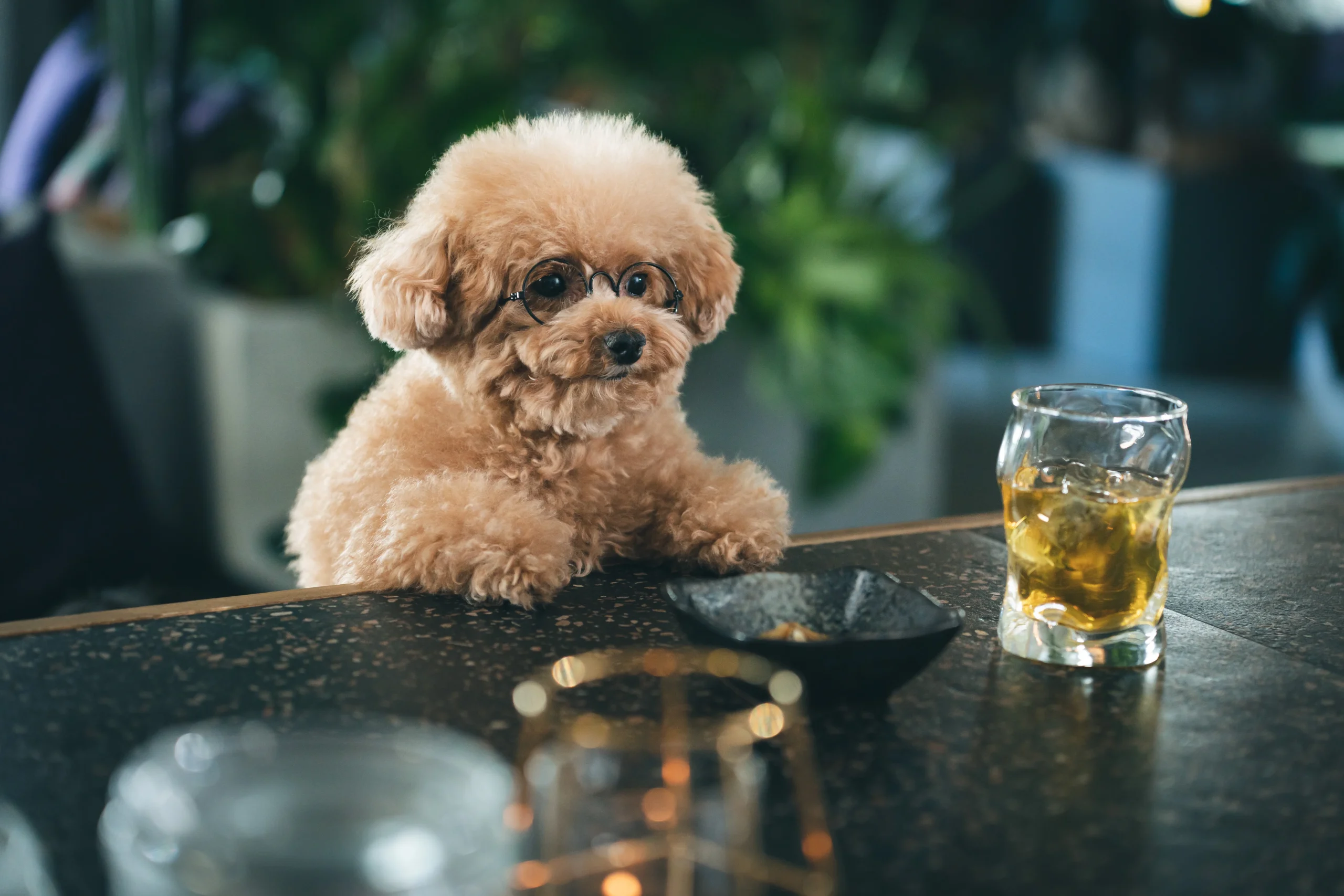
The Toy Poodle may be tiny in size, but its personality is anything but small. Standing under 10 inches tall and weighing no more than 6 pounds, this miniature dog is one of the smartest breeds in the world. People love Toy Poodles not only because they’re adorable but also because they’re fun to be around. They enjoy being part of the family and thrive in homes that offer love, attention, and a little bit of structure.
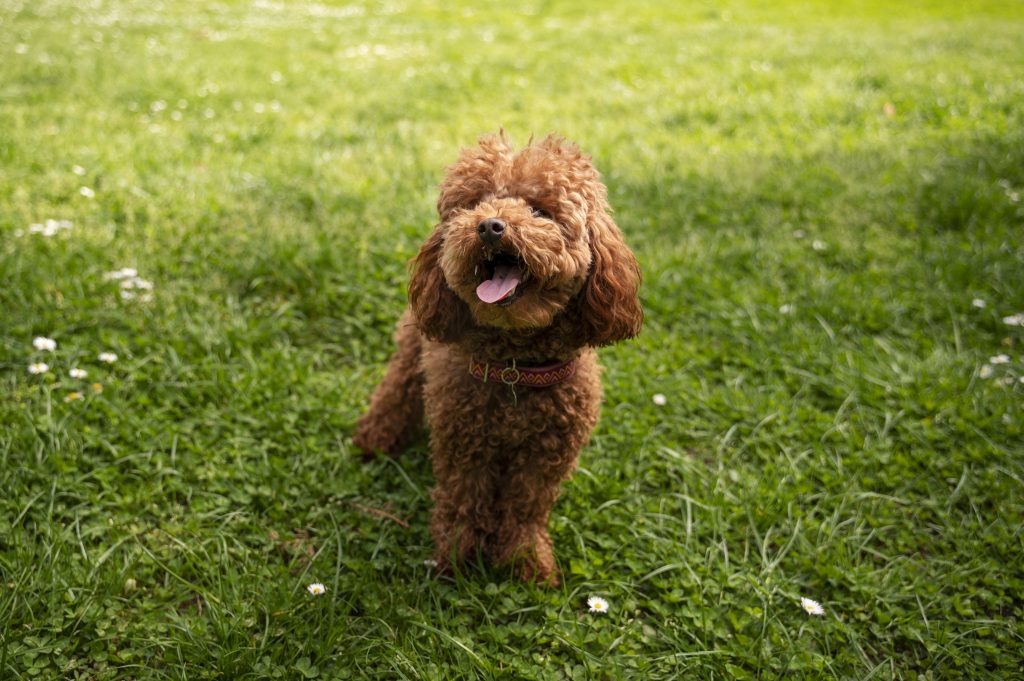
A toy poodle is the smallest variety of poodle. The Toy Poodle is the direct descendant of the Standard Poodle that originated in Germany (yep, not France!). It was originally bred as a water retriever, and the large Standard Poodle was used for duck hunting. Over time, breeders created the Miniature and Toy versions we know today. The “mini toy poodle” and “puldo toy” are just some of the playful terms people use when talking about this charming pup. Another poodle variation known as the Cockapoo is also quite popular today. It is also known as a Cockerpoo or Spoodle. The Cockapoo is a mix between a Cocker Spaniel and a Poodle, most commonly the Miniature Poodle.
Toy Poodles come in many beautiful colors. If you are looking for a toy poodle that looks elegant and clean, then the white toy poodle is the right choice for you. On the other hand, the brown poodle puppy gives off a cozy and cute teddy bear vibe. You might have already seen the brown poodle as it is quite trendy, especially in urban homes. And of course, there’s the much-talked-about teacup poodle. It is an even smaller version that some breeders offer. These pups may look like baby dolls, but they require just as much care as their full-sized cousins.
No matter the color, all Toy Poodles have a thick and curly coat. It doesn’t shed like other breeds, which is a bonus for some people with allergies. However, the coat needs regular brushing and trimming every 4–6 weeks to avoid matting.
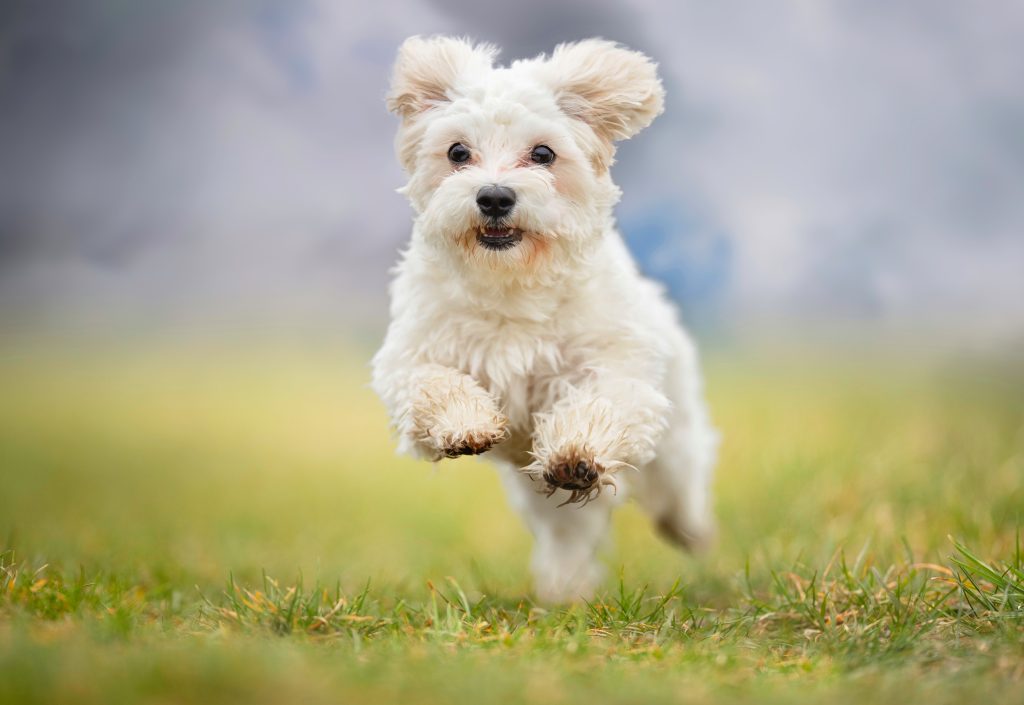
A teacup poodle is a teeny-tiny version of the toy poodle. It usually weighs under 4 pounds. While they might look like living teddy bears, teacups can have more health issues due to their size. Therefore, they are more fragile and need extra care. You will have to pay more attention to your teacup pup when it comes to exercise, feeding, and even handling it.
Life with a toy poodle dog is full of routines, cuddles, and great laughs! If you live in an apartment or a small house, then it’s fine as they do well in such spaces as long as they get a little exercise each day. You have to take them out for a short walk and a few minutes of fetch indoors. It is usually enough to keep them happy.
These dogs are very attached to their humans. It’s not uncommon for a Toy Poodle to follow you from room to room. They love to be included in everything. That said, they don’t do well when left alone for too long. Your pup can develop separation anxiety, which can lead to barking or chewing. Therefore, before you bring your furry friend home, you need to understand their needs.
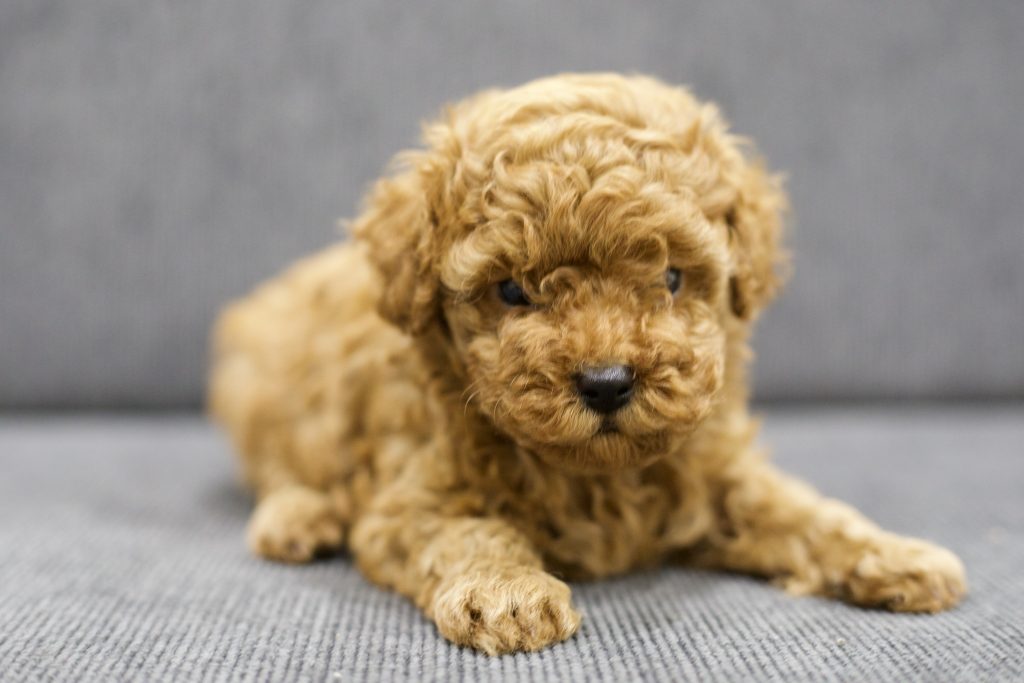
Training a Toy Poodle is usually a breeze. Their intelligence makes them quick learners, and they love making their owners proud. They are quick learners and pick up basic commands like sit and stay to more advanced tricks, and agility in no time. Toy Poodles are up for the challenge! You can use small treats and kind words as rewards during training. However, you should be careful about giving them too many treats, though, as it can lead to weight gain. Excessive weight gain is quite risky for such a small dog.
Mentally, these dogs are sharp. If they don’t get enough mental stimulation, they may become bored and start to act out. You can invest in good puzzle toys, scent games, and short training sessions. These games are a great way to keep their minds busy.
We all know that poodles are known for their fancy looks, but that beautiful coat comes with some maintenance. Your poodle, regardless of being brown or white, has curly hair that never stops growing. This means:
If that sounds like a lot, then you don’t have to worry. Grooming and taking care of your dog can become a bonding experience, and most poodles love the pampering.
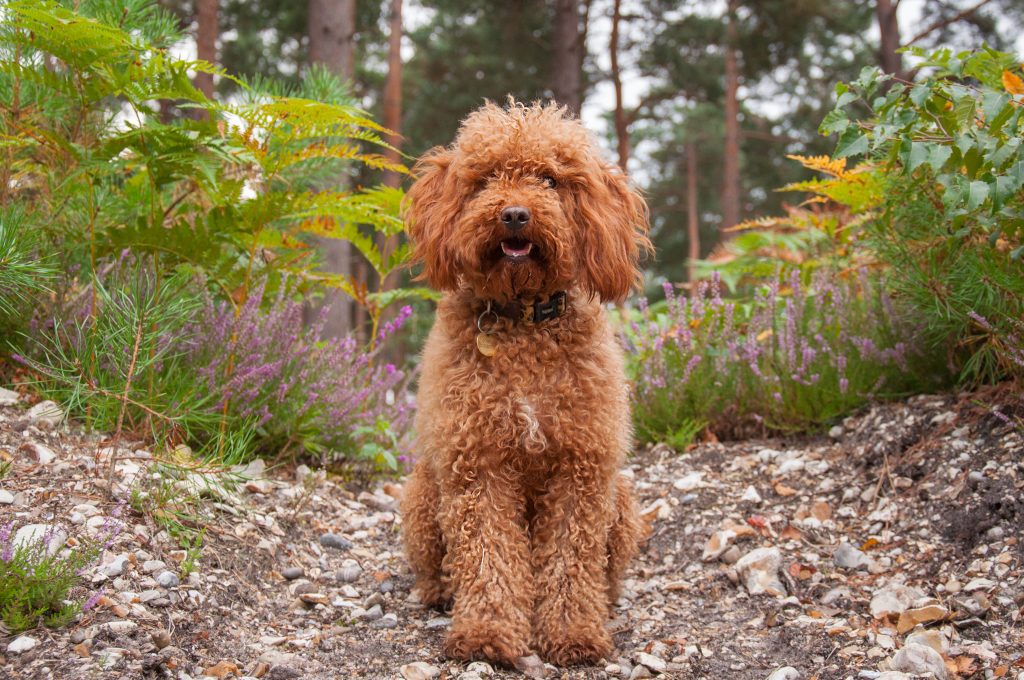
One of the best things about owning a Toy Poodle is how long they live. The toy poodle lifespan ranges from 10 to 18 years, with many living well into their teens. That means a baby poodle could grow up with your family for nearly two decades. The lifespan for toy poodles often depends on good care, proper diet, and regular vet checkups.
While generally healthy, Toy Poodles can have a few common health problems:
You can avoid many of these issues with proper vet care, a healthy diet, and regular grooming.
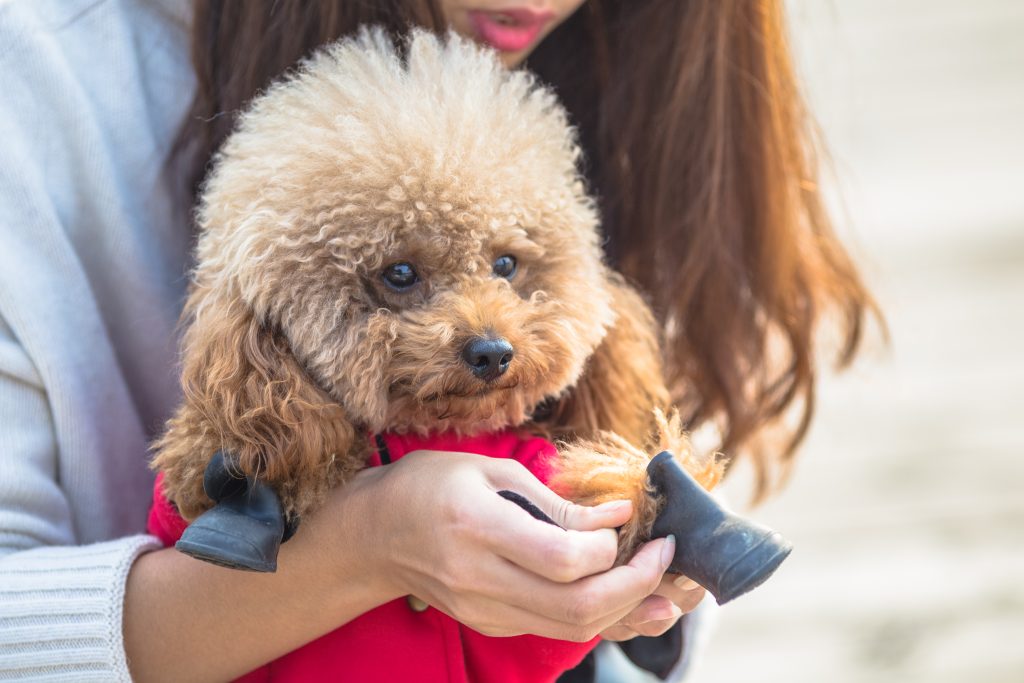
Toy Poodles are small, so they don’t eat large amounts. However, they do need high-quality food. Your puppy poodles should eat three to four small meals a day, while adults can eat twice daily. You also should have a proper feeding schedule, as it helps prevent low blood sugar, especially in young pups. Therefore, to support your pup’s long life and overall health, you can look for food that meets AAFCO standards. Some dog food brands even offer formulas just for Toy or poodle breeds. You can add omega-3 supplements, as they can help with joint health, skin issues, and overall well-being.
You have to give treats in moderation, and they should not make up more than 10% of their daily calories.
One of the highest-maintenance parts of owning a Toy Poodle is grooming. You should know that their curly hair can easily become matted without regular brushing. Even white toy poodles and darker ones like the brown poodle need this same level of care. Therefore, daily brushing can help keep their coat free of tangles. You have to give your furry best-friend a bath and trim every few weeks to help maintain their appearance. Due to their shape and hair growth, Toy Poodles can develop ear infections. You need to do regular cleaning, and keeping their ear hair trimmed (not plucked) helps reduce the chance of infection.
Additionally, you also have to keep their dental care in mind, as it is just as important. You have to brush your Toy Poodle’s teeth every day, as it helps prevent gum disease and tooth loss. This is something many dog owners overlook until it’s too late.
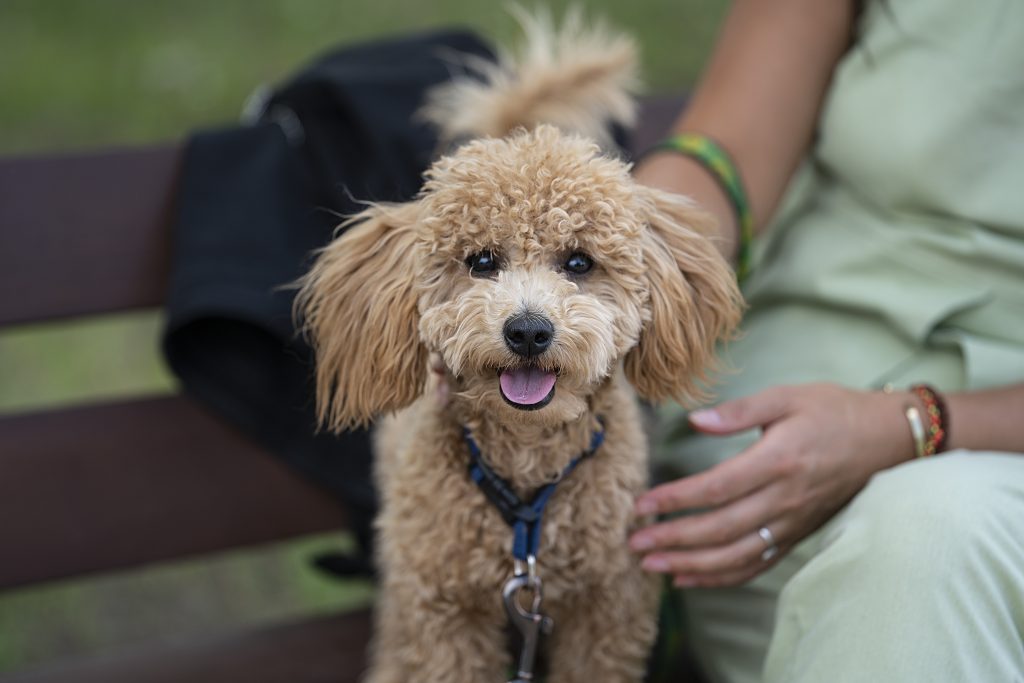
So, what is the cost of a toy poodle? That depends on where you get one. The toy poodle price from a reputable breeder can range from $1,000 to over $3,000 depending on color, bloodline, and location. If you’re searching for a toy poodle for sale, you have to be careful of overly cheap listings, as they may come from breeders who don’t test for genetic diseases. Your dream home may have a toy poodle curled up on the couch, but that dream comes with responsibilities and costs. You have to take grooming, vet visits, food, and toys into consideration, as it can all add up over the years.
At EcoPetEssentials, we believe every pet deserves a life filled with love, health, and eco-friendly care. Therefore, if you are dreaming of adopting a curly brown poodle or already snuggling a baby poodle at home, then you have come to the right place. This charming breed brings a mix of fun, flair, and fabulous companionship. With proper grooming, a balanced diet, and lots of love, a toy poodle can be a bright and bouncy part of life for many years. From brown poodle puppies to mini toy poodles, every wag tells a story. Bring home your furry baby today and take good care of them by bookmarking EcoPetEssentials.

Castiel Smith cares deeply about animals and the planet. He loves sharing tips that help people take better care of their pets while being kind to nature. Whether it’s about eco-friendly pet products or simple ways to take care of your fur babies, Cas loves sharing Behavior & Training Tips.